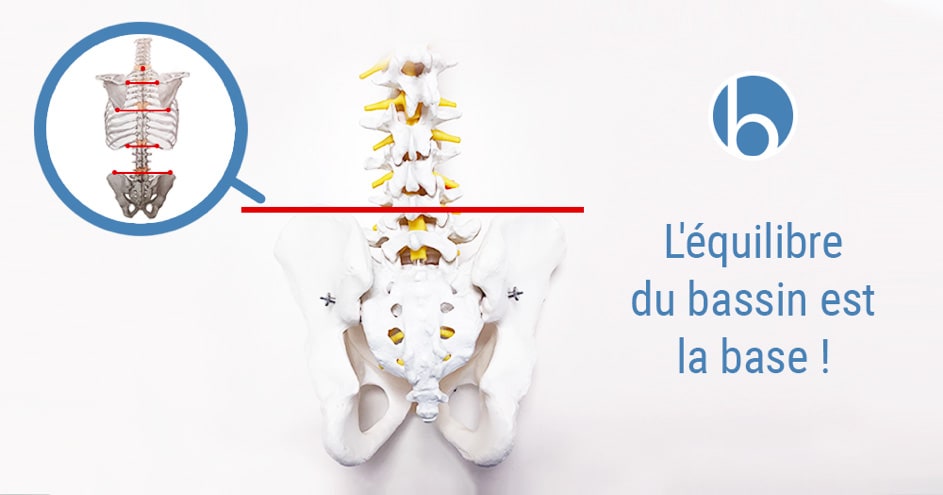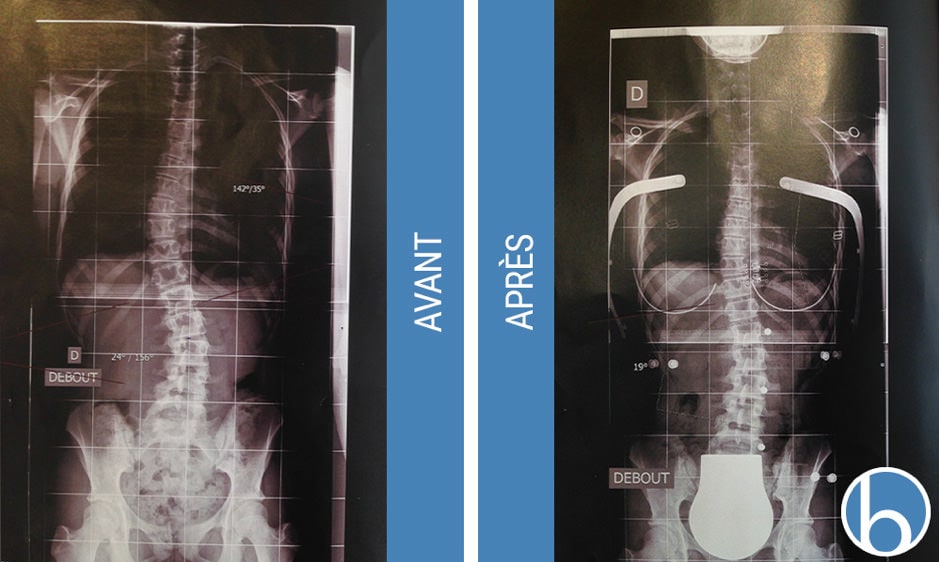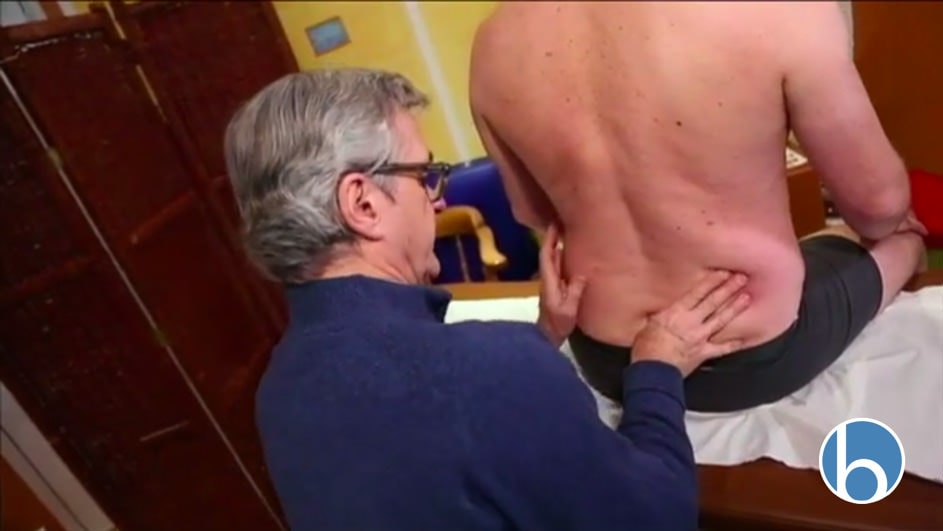What is Bounine Method™ Osteotherapy?

Bounine Method™ Osteotherapy is a manual therapy for all, from new born to senior individuals, as it is non-invasive and does not require manipulation or mobilisation. It is part of a preventative approach and allows for an efficient and permanent improvement of the symptoms linked to musculoskeletal disorders.
By means of pressure on key points in the muscle, deep tendon and aponeurotic structures, certified Bounine Method™ Osteotherapy therapists enable the body to free itself from tension in the tissues and to regain its balance. Would you like to know more ? Here is where you will find all you need to know about the method and its creator, Nicolas Bounine.
Why am I in pain?
The main objective of the Bounine Method™ Osteotherapy practitioners is to enable you to be free of your musculoskeletal disorders (MSD). The causes for MSD first appearing are diverse and in most cases of multifactor origin. In fact they represent a major challenge for public health, as 2 out of 3 people in France have reportedly already suffered from some type of lower back pain.
The common denominator for all MSD is an unbalanced pelvis. With a balanced pelvis and good posture habits your MSD will be reduced in intensity or even disappear depending on the case.
How has Bounine™ Method Osteotherapy been elaborated ?
Nicolas Bounine, founder and instructor of Bounine™ Method Osteotherapy has 40 years’ experience in the practice and research around the non-sustainability of treatments and the recurrence of aches and pains. A physiotherapist since 1979, he is trained in osteopathy and in the Mézière method, has worked in hospitals for two years and has spent seven years at the INSEP (National Institute for Sports, Vincennes). He currently practices in a medical centre in Boulogne-Billancourt.
His method, developed since 1989, takes the name of POM (aponeurotic Postural Osteotendon Massage) in 1995 and in 2011 the « Méthode Bounine » is filed with the INPI as “Méthode Bounine™ Osteotherapie”.
His fundamental discovery is that 100% of people suffering from MSD have an unbalanced pelvis.
How is a consultation carried out
During the first visit the practitioner begins with an interrogation on :
- The traumatic background
- The orthopaedic background
- The patient’s illnesses and physiological disorders. Les maladies et désordres physiologiques du patient.
While doing this, the Méthode Bounine™ Osteotherapy practitioner will measure the degree of unbalance in the pelvis by means of precise palpation of the posterior-superior iliac spines (PSIS) in standing position first, and in seated position subsequently.
This unbalance is objectively measurable. By measuring the separation between PSIS, the practitioner will temporarily correct this unbalance by placing a heel pad under the foot of the false “short leg” of the patient. The patient will then notice the difference and regain the notion of being anchored as he or she was before being unbalanced, thus confirming the diagnosis.
First objective : obtaining pelvic balance

During the course of the first session this separation will be reduced until a perfect balance between the two iliac spines is obtained. After the first session the patient will therefore have the same notion of being anchored without the need for a heel pad as there is no longer a gap to compensate for.
Five possible degrees of unbalance are observed :
- 1 cm
- 1,5 cm
- 2 cm
- 2,5 cm
- 3 cm
In order to enable the pelvis to regain its original sense of being anchored, namely that the PSIS are once again aligned on a horizontal line, the Bounine Method™ Osteotherapy practitioner will carry out firm and precise pressure on the osteotendon and aponeurotic attachment points of the iliac bones. This is the POM developed by Nicolas Bounine. The release of these key points will enable the pelvis to regain its original tensegrity in other words, its balance.
The manual techniques employed

Once the iliac base is rebalanced Bounine Method™ Osteotherapy practitioners will use a combination of techniques :
Postural aponeurotic Osteontendon Massage (POM) Les techniques de Massage Postural Ostéotendineux aponévrotique (MPO)
The POM techniques are specific to Méthode Bounine™ Osteotherapy. Other than on the iliac bones this techniche will be used on:
Les techniques de MPO sont spécifiques à l’Ostéothérapie Méthode Bounine™. En dehors des os iliaques, cette technique sera utilisée sur :
- The sacrum and the coccyx
- The vertebrae (lumbar, thoracic and cervical)
- The ribs, the sternum and the collarbone,
- The shoulder blades,
- And cranium bones
During the course of the second session, the practitioner works on the bones of the upper body and /or the lower body if necessary.
These techniques consist of long and firm pressures applied with the fingers on specific points by certified practitioners. These key points are located on the musculo-tendon and aponeurotic attachment points of the skeleton. These « crossroads » of anatomical structures determine the proprioception, that is, the conscious and unconscious perception of the body position and of its different parts within space.
After a session, the freeing up of the accumulated tensions in the tissues due to the different traumatic episodes will allow a harmonious global functioning of these structural systems. The body is then capable of organising itself according to a structure whereby tensions are spread in an optimal way : this is tensegrity, the global balance of the body, like the guy-wires which maintain the balance of the masts in a sailing ship.
If you observe the recommendations from your Bounine Method™ Osteotherapy practitioner in terms of posturology and ergonomy, tensegrity will enable you to reduce the amount of energy necessary for maintaining your posture in the seating or standing position to a minimum.
Osteopathic techniques
The method is inscribed within the line of work of William Garner Sutherland, John Upledger and in a wider way in those of Andrew Taylor Stillin their tissue approach as well as in the notion of tensegrity.
The concept of « craniosacral » to which Nicolas Bounine adds that of « ilio-cranial », is an integral part of the method. The « trigger point » technique, of which the methodology and the carrying out are identical to that of the POM Bounine Method™ Osteotherapy techniques, are equally part of the certified practitioner’s tools.
Recommendations
Elementary recommendations of posture, life hygiene and exercise to maintain this new found balance will be made. The method is part of a preventative approach. The respect for one’s body is essential for those who wish to no longer suffer from musculoskeletal troubles.
Bounine Method ™ Osteotherapy enables pelvises to regain their balance from the first session. With a balanced pelvis the body has the capacity to regain its global balance on the second or third session.
To ensure the longevity of this balance and avoid any possible disorders which might alter the stability, observing the recommendations of good posture hygiene given by your Bounine Method™ Osteotherapy practitioner is essential.
A follow up
Depending on the initial degree of imbalance and traumatic background of each individual, two to three sessions will be recommended during the first year, within a month of each other. During these two or three initial sessions the body will recover its global balance.
The new-found balance translates to a familiar feeling of being anchored which the patient instinctively and immediately recognises, similar to someone whose eyesight might have weakened over time and now wears adapted glasses.
In order to maintain this balance, a yearly or bi-yearly preventative session, depending on the cases, will ensure stability and guarantee durability.
To know more about the method
Would you like to know more about the method, training or meet a practitioner ? Please check the list of Bounine Method™ Osteotherapy certified pratitioners or contact us
